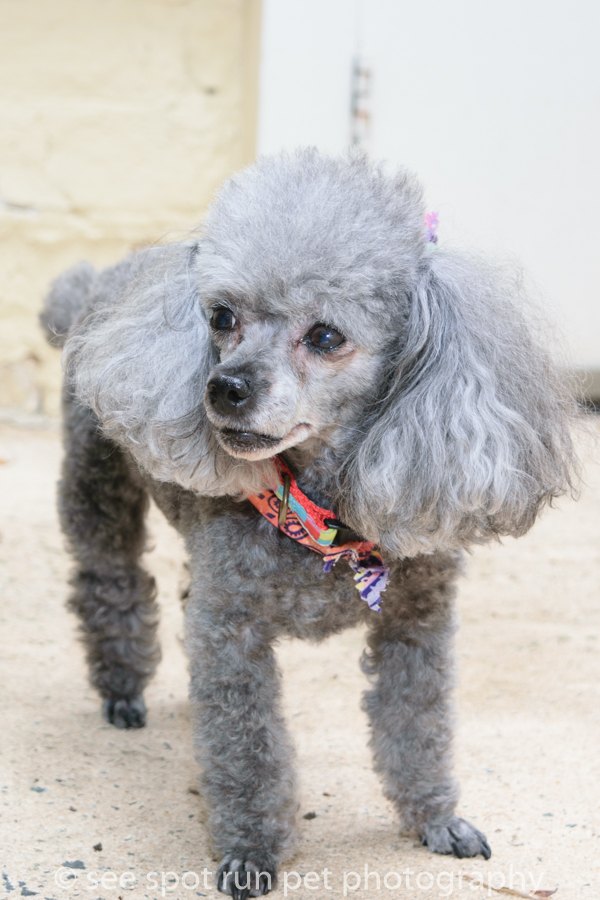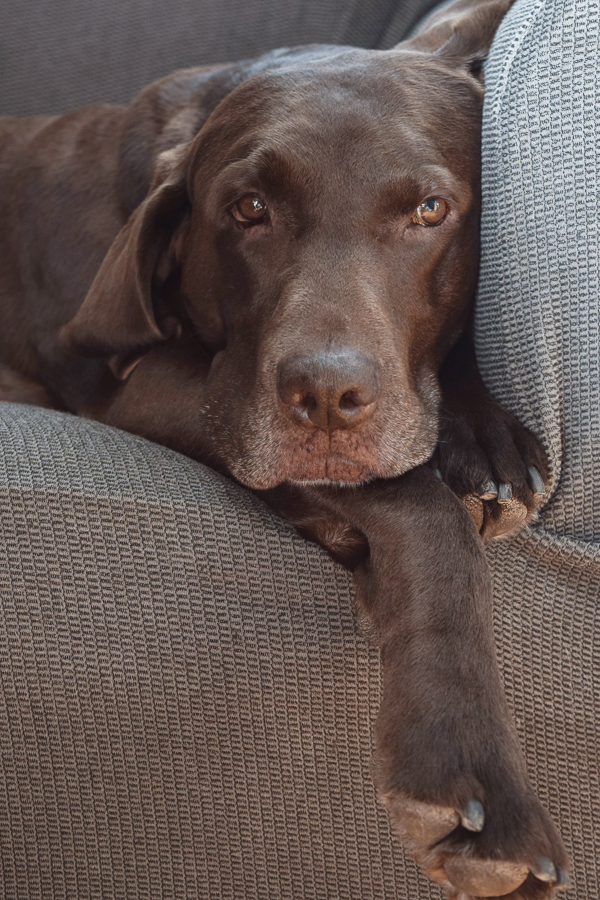Pet Photography Class
Yesterday I took a pet photography class. The good news is in the past year since I bought my Nikon, I have learned a lot. The bad news is, I didn't learn as much as I'd hoped I would yesterday. For anyone interested in pet photography and taking better pics of your own pets, here is my advice. 1. Have a lot of patience. (They did stress this a lot in the pet photography class yesterday.) When trying to take pictures of pets, it is really important to remember this. I don't consider myself an overly patient person but somehow when I have my camera and I'm working with a dog, I have all the patience in the world. It comes naturally to me and that is a good thing. 2. Have someone there with you who knows the dog. A lot of dogs don't like a camera in their face and won't give you very "natural" looks. When I'm photographing my own dogs, I experience this. I get a blank stare not the goofy smile I want. Even when I am making weird noises, if I have my camera ready to snap a picture, they don't respond like they normally would. Of course all dogs are different and I will add, some are easier to photograph than others. If you have someone to help you, have them stand behind you or in the direction you want the dog to look and make funny noises to get those cute expressions. 3. Don't use the dog's name to get his attention. Most often the dog will come to you when you use his name. If you want him walking (or running) towards you, then go ahead and use his name but if you're trying to get him to hold a pose, I wouldn't recommend it. 4. Put your pet up on something - a brick or stone wall, a park bench, etc. (Keep the dog's safety in mind of course.) Sometimes you can have better luck getting a dog to pose when he is up on something. 5. Try to capture catch lights in his eyes. To do this, have him facing the light source (the sun, a lamp, etc.) If you are using your phone, you may end up with the green glowing eyes however. Warning: Once you get a great photo of your dog with catch lights in his eyes, any other photo you see of him and he doesn't have catch lights, you won't like. Or at least this is what has happened to me. It is sad... I've not found great pictures of Sloan or Sam (my previous dogs) that have great catch lights. I will continue looking... perhaps I have some somewhere. 6. If you're using a DSLR camera, set the camera to Aperture mode and at F8 or F11. Try to focus on the dog's nose, particularly if you have a dog with a long snout. At F8/F11, you should be able to keep the entire dog in focus. (This is easier with smaller dogs... less to keep in focus. Ha!) 7. If you're using a DSLR camera and you are wanting to be more creative, in Aperture mode use F5.6 and focus on the nose. Part of his body and the background will blur. **Steps 6 and 7 are very basic examples and there are a lot of other factors to be considered really such as: how far away are you from the dog, how far away is the dog from the background, is the dog moving, etc.) 8. Don't use the built in flash on your DSLR camera. Ever.
In the pet photography class yesterday, they talked a lot about taking pictures of pets inside in more of a studio setting. Unfortunately, that isn't the type of shooting I do nor do I really want to do (at least not yet.) To do studio or portrait photography, you really need two off camera flashes, set on stands, and set to fire wirelessly. The external flash for my camera is $500. Until I am ready to really explore this option, I'll stick with mainly outside photography. Although I did purchase a lens for low light photography (which is generally what I am doing when I am shooting indoors.) I do have a favorite picture of Moose that I shot indoors. It's posted below.
Here are a few more dogs I've seen recently (and these shots were all taken before the pet photography class yesterday.)


